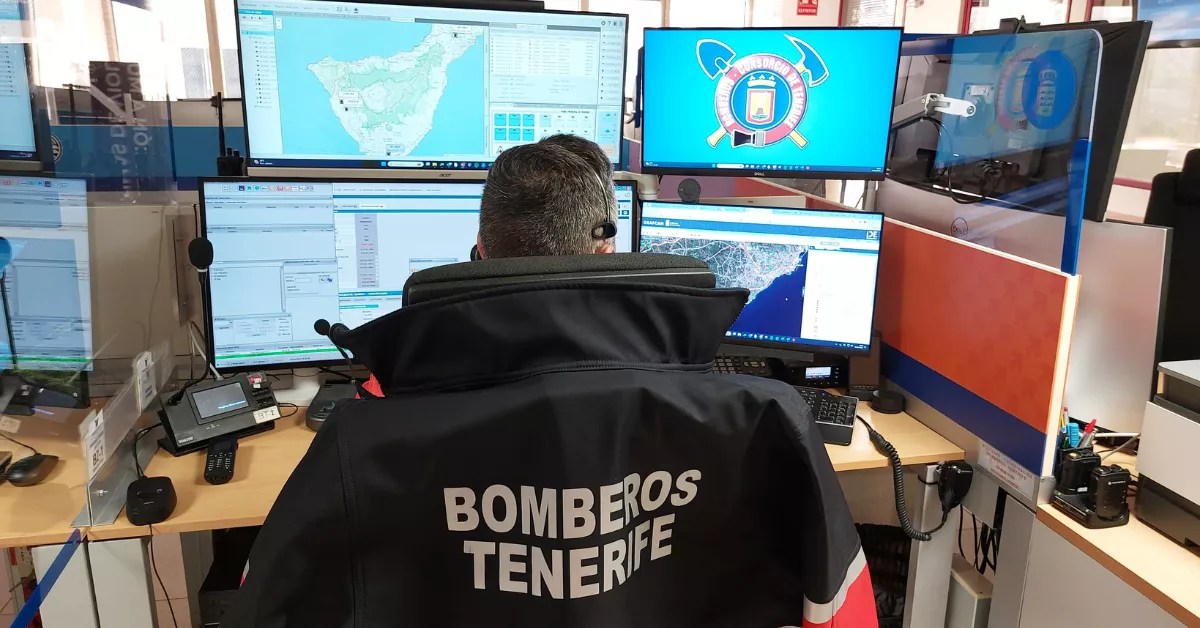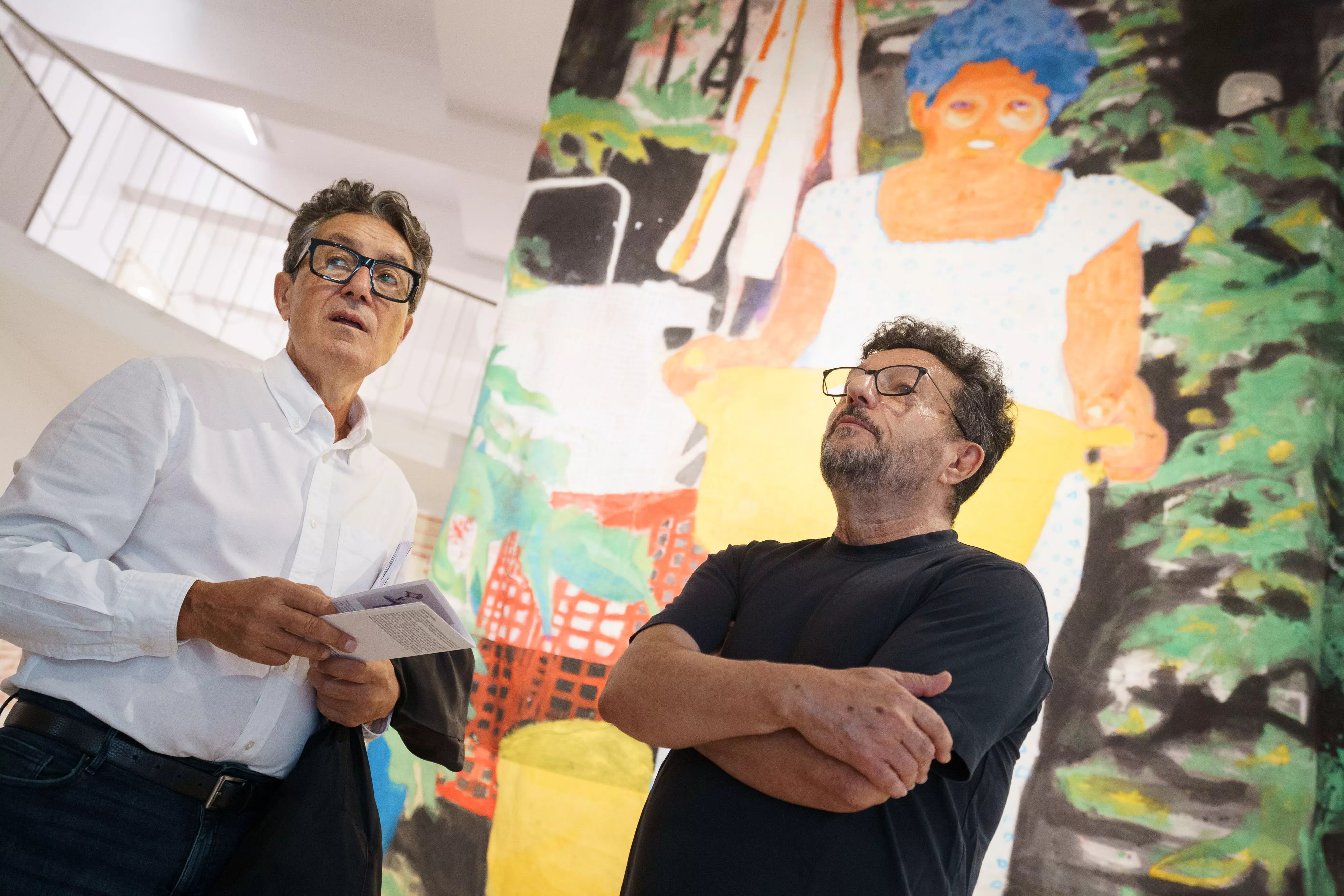The second and concluding day of the Children’s Murgas Contest was held, revealing the winners of this 2025 edition. As the clock struck 7:51 p.m., the fairgrounds continued to fill up. After the arrival of the seven performers for the evening, who displayed a greater presence than in previous years, the Jury announced Mamelons as the winner in the interpretation category. The second prize went to Redoblones, who exchanged accolades with House of Fear, while Castorcitos secured the third place. Meanwhile, the second prize was awarded to pita-pitos.


In the presentation segment, the top accolade went to distracted, with a design by Tana Rodríguez, while the second prize was awarded for Murga twisting, a fantasy conceptualised by Amanda Conde. The third place was claimed by Mamelones, designed by Javier Torres, with Redoblones receiving the second prize for their fantasy crafted by Josué Quevedo.
Castorcitos (2006)


With a vibrant design by Josua Sánchez, the colourful group of Daniella Cabrera opened the second and final phase of the contest with an impressive presentation that demonstrated how these performers had made a significant impact. Their first number included a critical take on various issues, including support for local talent, bullying, the dog ban on beaches, and the condition of parks in Santa Cruz. They even made a nod to Mayor Bermúdez, saying: “But now as a dad, he will surely worry.”
Following their initial number, a wave of excitement built up for their second theme, introduced by the well-known broadcaster MANJ DASWANI: “CLUB FOOTBALL CASTORCITOS”. With a football pitch setup, including a referee, they tackled the topic of discourteous parents, advocating for equality with the women’s game and highlighting the lack of support for teams from the Canary Islands. They concluded with a beautiful message about the bond between football and carnival, showcasing excellent vocal delivery and harmony. The phase commenced with a remarkable standard.
Suffocated (1984)


Fifty-three giraffes adorned the stage as a tribute to the enchantment of Africa, showcasing the undying passion for murga that originated in the 1980s. Under the guidance of Paola Tosco, they commenced with a lively tune that called for increased performances for the murguitas, echoing the singular theme of this edition: support for local talent. The first row commanded the stage, emphasising that “without talent, there is no carnival.” The lyrics conveyed a message of love for family, friends, and animals.
Suddenly, Carnival seamstresses made their way to the stage, presenting a beautiful tribute that…
turns this notion into a creative theme that is seldom discussed. With a touch of humour, those well-known “closes the peak” of the tailors resonate with all who have participated in the Carnival. There was a bit more flair that could have enhanced this acknowledgment for all those individuals who, amidst scraps, needles, threads, and glue guns, contribute to our vibrant celebration.
Pita-Pitos (1995)


“As the murgueros don’t show up, I rely on my own passion.” This is how Óliver Yanes commenced his presentation, blending their imagination with the rhythm of The Lion King and whimsically celebrating a happy birthday in honour of 30 years of experience. They initiated their first theme, “The Guardian of Time,” covering the contest clock with a dark cloth. The response was positive, a message aimed at children discussing how both adults and teenagers often waste time. They pause to pay tribute to mothers for their remarkable multitasking abilities throughout the day. “How do they manage to stretch time?” they ponder. A clock then makes its entrance, marking the school bell and the digestion hour on the beach, with a nod to Humberto Gonar, who hadn’t yet been mentioned. They concluded by remembering Seth Jiménez, a murguero who passed away in London last June, sharing a moral: “Control time, live in the present, embrace the moment.”
The signature of Gara García shines in the lyrics, particularly due to that youthful essence claiming this is what children should be singing. An afternoon at Grandma’s house leads to different board games. The “Chichapoly” stands out with jury interaction included, as it critiques public transport management and the condition of local health: “It costs two tickets just as soon as the rats walk tirelessly.” Despite a slight loss of voices in the finale, Pita-Pitos ends with a call to action: “Get away from the screens, engage with the games.” The conclusion is a classic from grandmothers: the butter biscuit box brimming with sewing supplies. They are both liked and astonished.
Redoblones (2017)


Armed with cardboard after clinching the top two spots last year, Redoblones returned, led by Joel Arias. It’s well known that El Pirata’s presentations have always attracted crowds, and this year was no exception, resonating powerfully, sometimes excessively so.
They opened the contest with “a very childlike trial,” an engaging performance that added an extra dimension to their act. Initially, a family trial unfolds, featuring a humorous nod to TikTok’s “are of loves,” which pokes fun at a sister who spends too much time in her room with her boyfriend. They continue by judging adults, utilising a lie detector to reveal who neglects friendly parking or fails to pick up after their dogs. Laughter ensues with the ‘Wisdom Tooth’ segment, leading into “Super Cotton,” who asserts that “cotton does not lie.” They tackle issues like ticket resale and advocate for respect in children’s football.
Their next theme takes a mathematical twist with effects: dimmed lights and LED figures introducing another dimension. Through geometry, they criticise grid-based education and demand the consideration of children’s emotions. They also reproach the extravagant Christmas lights on the lagoon as a disregard for the kids of Santa Cruz, reimagining their own community in response. The act is rounded off with a stirring closure showcasing immigrants rallying for respect and compassion: “It doesn’t matter what colour. They are merely children. They’re not a problem, nor a statistic, nor a formula.” Thus, they conclude by championing love and friendship, making Redoblones an audience favourite.
Chinchositos (1988)


With a total of 22 accolades throughout its existence, Chinchositos made their entrance to reveal their theme: “Amara Nyumbani and her festive court, in the African savannah the captive carnival.” Their performance resonates well, as they harmonise beautifully together. They commenced with their opening song and seamlessly transitioned through various musical styles and lyrics, taking inspiration from The Jungle Book to showcase the village where this tribe resides, advocating for the rights of children in Africa to experience happiness, stating that “we are all equal with different stories.”
In their subsequent song, they temporarily assume the role of DJs, addressing multiple issues, and opening up with a plea for the freedom of sexual identity. Utilising humour, they illustrate a typical interaction between mothers and children, capturing that innate ability to pinpoint everything we often overlook. Another comedic twist followed featuring a brother and his bride, affectionately nicknamed “La Loca,” set to the tune of That would have been by Karol G, culminating their performance and paving the way for the sixth murga of the evening.
Guachipanduzy (1991)


The group from Lara Coello presents a visually captivating African fantasy that perfectly complements the stage. This year, they are joined by their adult counterparts, the Guachinquietes, who feature in their first contest piece, dedicating part of the song to their supporters, which moves the audience. They express gratitude to the educators and conclude with a tribute to the children’s queens, who grace the stage, alongside the adult and elder queens receiving recognition from the public. The signature and passion of Naara Hernández shines through during this celebration.
“Pa is brave, so today we confront our fears,” their second theme explores universal fears amongst the members of the murga: addressing issues such as public speaking, feelings of isolation, clowns, spiders, insects, or worries that things may not turn out well. They also mention fears of the dark, seizing the moment to dim the lights and invite a supportive round of applause. Fears surrounding puppets are met with a playful nod to the repeatedly referenced “FE-LI-PE.” They touch upon fears of the ocean and enclosed spaces, while also critiquing the fairgrounds: “I want to go to the Plaza de España.” Ultimately, they declare that the genuine concern is the potential disappearance of this wonderful contest, emphasising how they relish in the experience.
Triqui-Traquitos (1985)


Celebrating four decades of Carnival, Triqui-Traquitos is tasked with concluding the contest’s second phase. With their opening tune, Johalet Ramírez’s group advocates for the protection of the Canary Islands and highlights the environment and the harm faced by the archipelago. They take the opportunity to endorse the so-called “glass generation,” illustrating how young people are standing up for climate issues, rights to identity, and even how they have been silenced during the Dana de Valencia. They are the first murga to address this significant topic.
In their subsequent piece, children dressed as Peter Pan make an appearance to discuss dependencies on technology and educational challenges. They finish with a nostalgic “Hello Don Pepito” and “Hi Don José,” paying homage to their great predecessors, the Triqui Traques, as they bid farewell from the Noria, steeped in Carnival history.
















